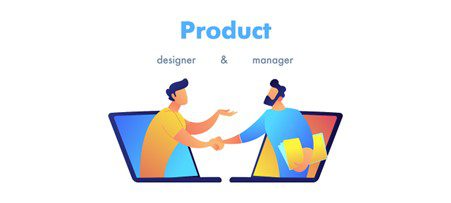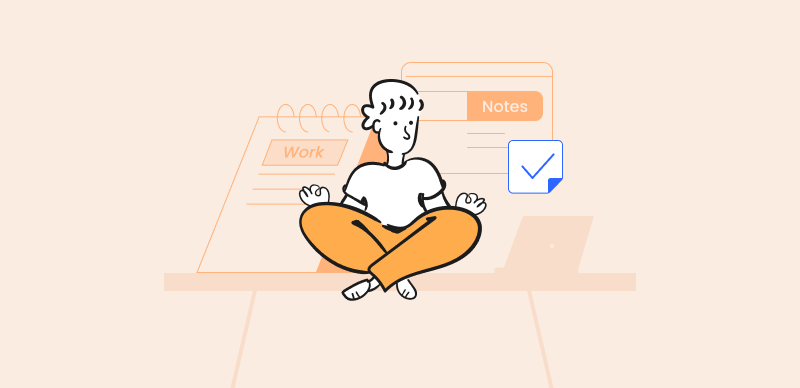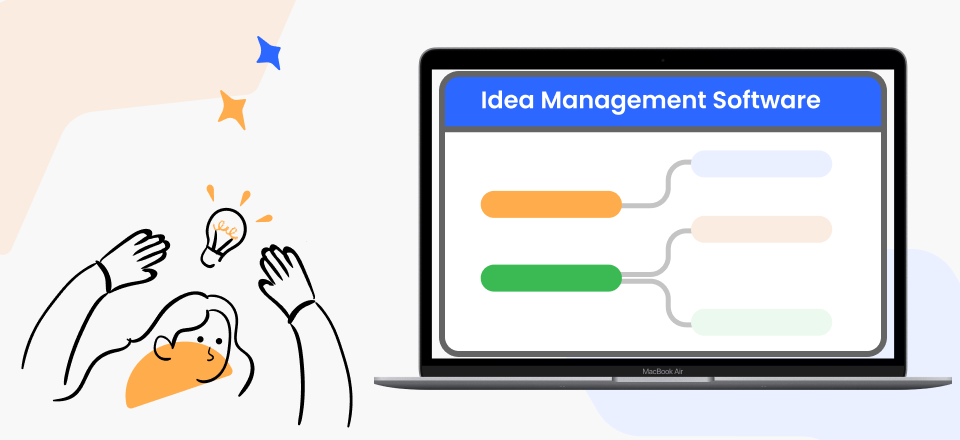In today’s fast-paced digital landscape, the success of a product heavily relies on its ability to provide an outstanding user experience (UX). Product Managers (PMs) and UX Designers are two key players in achieving this goal. While both roles are crucial for product development, they have distinct responsibilities and skill sets. Understanding the differences and overlaps between these two roles is critical for building successful digital products.
However, many people are unaware of both roles, which can be detrimental to the project’s growth. To help them, we’ve covered all the necessary differences between a product manager and a UX designer in this Product Manager Vs. UX Designer guide. Let’s get into the details!
Also Read: What Does a Technical Product Manager Do? >
Table of Contents: hide
Differences Between UX and Product Management
Differences Between UX Designers and Product Managers
Differences Between UX and Product Management
Bringing a product to the market relies heavily on user experience (UX) and product management. While UX and product management are often used interchangeably, they are different. Users’ experiences with a business’s goods, services, and brand are considered part of UX. While UX professionals might specialize in various areas, they all have a common goal: to ensure that people using a product have a positive experience.
Product management is to plan what user experience design is to do. High-quality digital goods are the responsibility of digital product managers, who devote themselves to ensuring the continued success of their products at every stage of development. They are responsible for leading interdisciplinary teams in the development of products, sharing in-depth information about the product, and determining the direction of the product. To meet consumer needs, product managers must do in-depth analyses of the market and the competition before presenting a product vision.
Differences Between UX Designers and Product Managers
The following chart contains a detailed comparison of UX designer and product manager from different perspectives:
| Solutions | UX Designer | Product Manager |
| Job Description |
|
|
| Work Scope |
|
|
| Responsibilities |
|
|
Is It Better to be a Product Designer or UX Designer?
There is no definitive answer to whether being a Product Manager or a UX Designer is better, as both roles are crucial for building successful digital products. The choice depends on individual skills, interests, and career goals. Product Managers are responsible for overseeing the entire lifecycle of a product, from ideation to launch and beyond. They work closely with cross-functional teams and stakeholders to ensure the product meets business goals and customer needs. Product Managers require strong analytical, strategic, and leadership skills.

Differences Between UX and Product Management
UX Designers, on the other hand, focus on creating a seamless and intuitive user experience. They conduct user research, create user personas, develop information architecture, and design the user interface. UX Designers require strong design, research, and collaboration tools. Both roles require a deep understanding of user needs and business goals, and successful product development depends on their collaborative efforts.
Can a UX designer be a Product Manager?
Yes, a UX designer can work as a Product Manager. Depending on the organization and the nature of the product, these positions would likely need extensive effort and commitment to achieve the highest quality possible. There is a lot of overlap between the responsibilities, making them almost identical. This is why the transition from UX designer to Product Manager, and vice versa, is so common.
Should Product Managers Learn UX?
Yes, Product Managers should learn UX, which can greatly enhance their ability to lead successful product development. By understanding UX design principles, Product Managers can better communicate with and guide UX Designers. They can provide visual feedback, prioritize design features based on business goals and user needs, and ensure that the product meets the highest quality standards.
Moreover, knowing UX design can help Product Managers to identify and solve potential usability issues before they become major problems. Learning UX can also help Product Managers better understand their customers’ needs and preferences. By conducting user research and gaining insights into user behavior, Product Managers can make data-driven decisions that result in products that meet the needs of their target audience.
Faqs about Product Managers and UX Designers
In this part, we collect several other faqs about product managers and UX designers.
Is product manager higher than UX designer?
The Product Manager and UX Designer roles are not inherently higher or lower than each other, as both are important for the success of a product. In some organizations, the Product Manager may have a higher level of authority and be responsible for making key decisions regarding product development, while the UX Designer may report to the Product Manager and focus on executing the product design based on the Product Manager’s vision and strategy.
However, in other organizations, the UX Designer may have more autonomy and influence in product design. The Product Manager works closely with the UX Designer to ensure the product meets business goals and customer needs.
What is the role of UX design in product management?
The role of UX designers in product management is to make the design choices that directly affect the product’s user experience, putting the product vision into a practical form. They’re a crucial cog in the wheel that ensures a quality product gets to market. Their priority should be guiding clients to the best decision they can make to accomplish their goals while using the product.
Final Thought
Both Product Manager and UX Designer are essential for successful digital product development. While their responsibilities and skill sets differ, both roles require a deep understanding of user needs and business goals. And you must have understood the differences between their roles after reading this Product Manager Vs. UX Designer guide. Moreover, we encourage you to share your thoughts about the topic and leave a comment below on your experience with either role.



